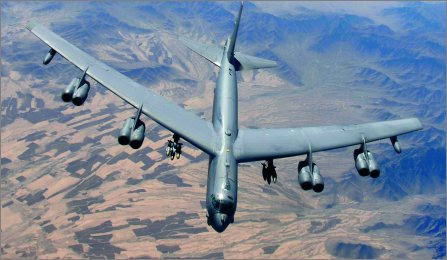Australia’s Defence Science and Technology Organisation (DSTO) is studying the potential for multi-static passive coherent location (PCL) radar to classify aircraft targets. The radar, which detects targets using cellphone and other transmissions, would use the polarisation pattern of returned signals to differentiate between a multi-engine bomber and commercial airliner, preventing an inadvertent shoot-down.
|
| A pulsed laser could be used for navigation satellite calibration |
Passive coherent location uses signals emitted by mobile phone systems, commercial radio and television broadcasts and, potentially, global navigation satellite systems. Most bi-static PCL radars compare signals reflected by aircraft travelling between the emitter and receiver using arrival-time difference, Doppler, bearing and amplitude for tracking.
Multi-static radar would also use the signal-scattering geometry, which needs far more sophisticated processing.
The technique could extract significantly more data from returns if the target’s polarisation pattern is known in advance. “[You would] model the full scattering matrix of the target,” said Stuart Anderson, senior researcher with the DSTO’s Adelaide-based Electronics and Surveillance Research Laboratory, speaking at an Australian Association of Old Crows conference.
An operational system would have an extensive database of signal-scattering geometry patterns in a variety of environmental conditions.
PETER LA FRANCHI / ADELAIDE
Source: Flight International




















